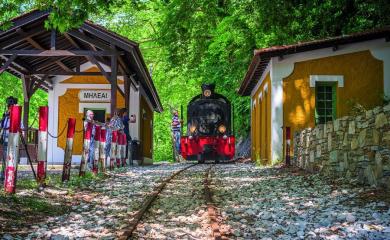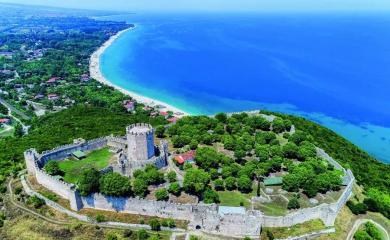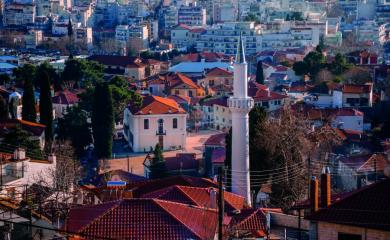On the 1st day God built the Railway, on the 2nd the Port: The example of Alexandroupolis (an article by Mr. Elias S. Tzioras)
Elias S. Tzioras From the end of the 19th century, the train, the railway and its expansion brought development to Greece. The progress and the increased needs for infrastructures, arising from the crossing of the railway, led to the creation of junction-cities. Populations moved to the new cities, trade flourished, people and local communities prospered. The first construction of a railway line for the unification of contemporary Northern Greece began in 1874 with the laying of the line Thessaloniki - Dedeagats (Alexandroupolis) to Constantinople. The construction was financed by the company founded by Baron Maurice de Hirsch, a banker with international connections in the economic and political circles of the time.
Figure 1: Late 19th century, Construction of a railway line in Alexandroupolis (Source: FB page "Neighborhoods and Memories of Alexandroupolis" / Xanthaki-Koliopoulos archive
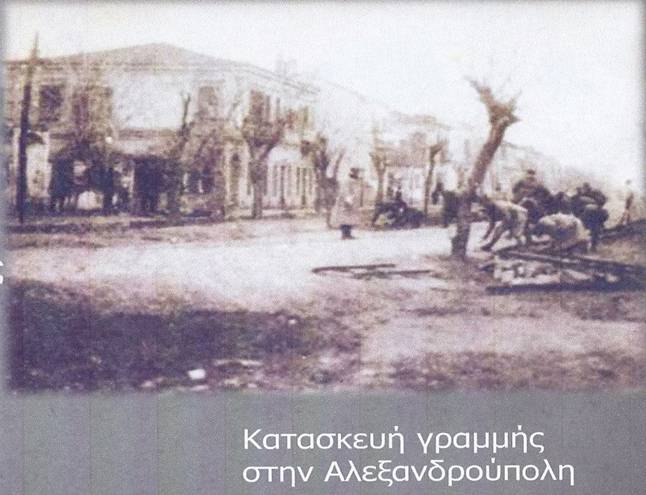
The connections of Thessaloniki and Alexandroupolis with the major urban centers of Central and Western Europe were completed in 1888. The connection of these extreme points by European railways was an important event, as these lines are the main axes of the transport service in various apartments of the Balkans to date. The trains arrived and carried European air and new customs to Alexandroupolis and the rest of Greece, still bearing the scent of the East. The Railway and the Port engraved the history of Alexandroupolis and created a new and cosmopolitan city with international banks, consulates, trade followers of foreign countries where once stood a fishing village called Dedeagatch (The Tree of the Monk).
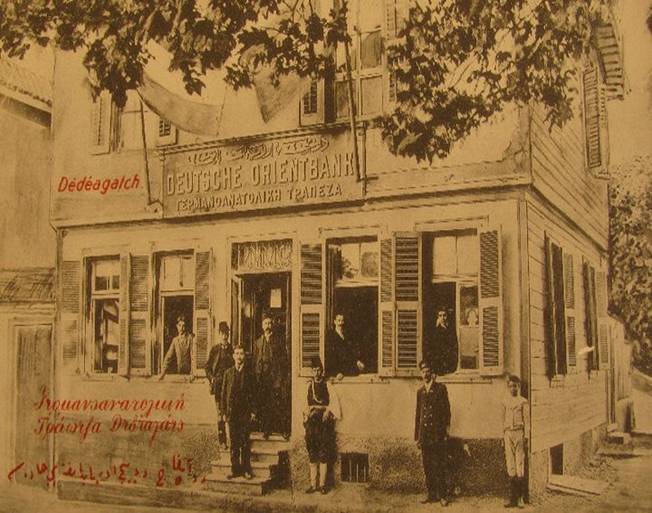
Figure 2: Germano - East Bank Dedeagats (Alexandroupolis), early 20th century (Source: FB page "Neighborhoods and Memories of Alexandroupolis")
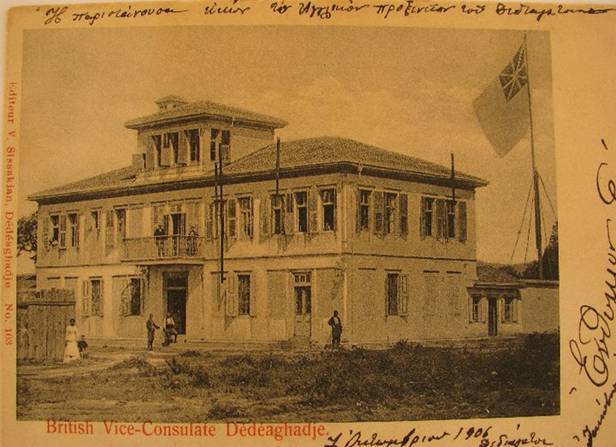
Picture 3: British Consulate in Alexandroupolis at the beginning of the 20th century (Source: FB page "Neighborhoods & Memories of Alexandroupolis")
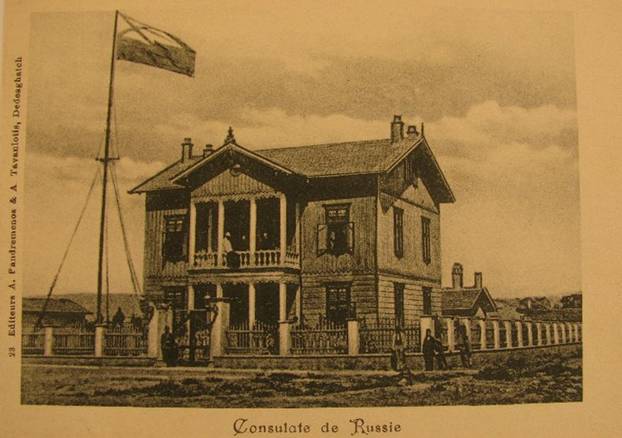
Picture 4: Russian Consulate in Alexandroupolis at the beginning of the 20th century (Source: FB page "Neighborhoods & Memories of Alexandroupolis")
The Eastern Railways company, which operated the railways, was given great privileges in the ports of Thessaloniki and Alexandroupolis, being provided access to Europe all the Mediterranean countries.
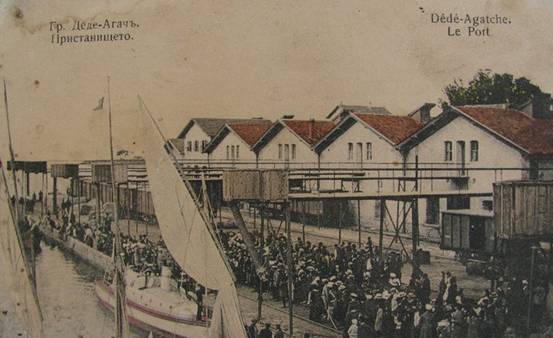
Picture 5: Wagons, goods and people in front of the Railway's warehouses in the Port of Alexandroupolis - Early 20th century. (Source: FB page "Neighborhoods & Memories of Alexandroupolis")
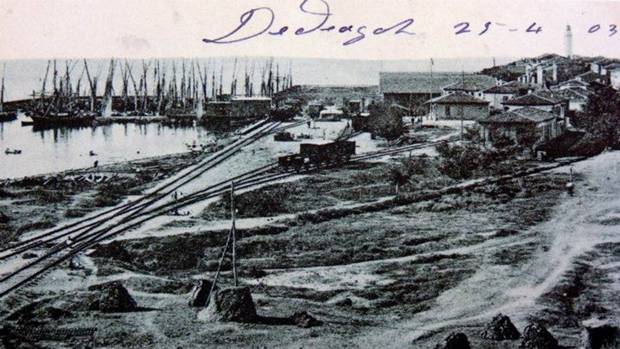
Picture 6: April 25, 1903 - The Alexandroupolis railway junction. The railway network can be seen, next to the port. (Source: FB page "Neighborhoods and Memories of Alexandroupolis")
In 1896, the railway network was extended from Thessaloniki to eastern Macedonia and Thrace to connect with the Alexandroupolis - Pythia line. Thus, Thessaloniki secured a direct connection with Constantinople through the major financial centers of Serres, Drama, Xanthi, Komotini, Soufli, Didymoteicho, Edirne. The cities fortunate enough to have a Port in addition to the Railway, attracted international trade and became combined transport's center of development.
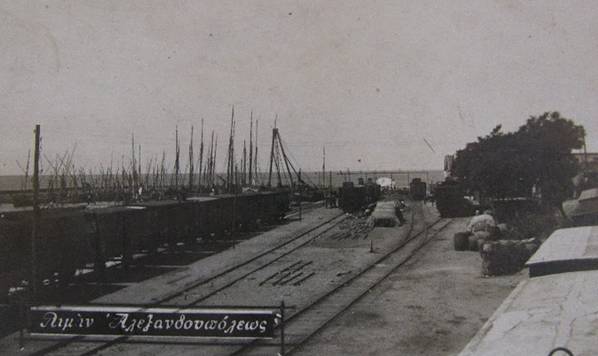
Picture 7: Early 20th century, the wagons in the port of Alexandroupolis (Source: FB page "Neighborhoods and Memories of Alexandroupolis")
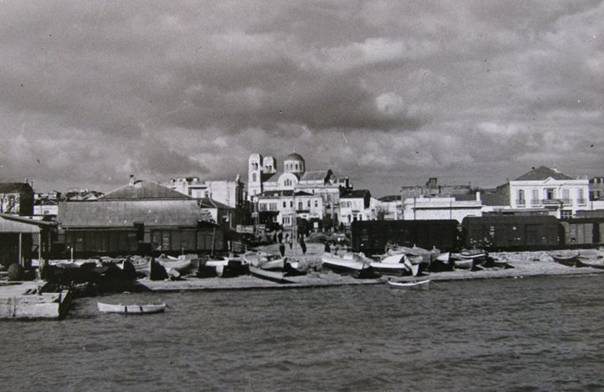
Picture 8: Early 20th century, the wagons to the port of Alexandroupolis (Source: FB page "Neighborhoods and Memories of Alexandroupolis")
Thus began the history of Alexandroupolis, the capital of the northernmost and the only male-named (Evros) prefecture of Greece.
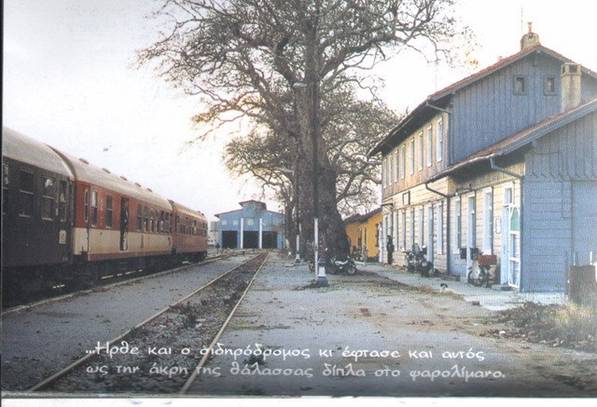
Picture 9: "The railway came and reached the edge of the sea next to the fishing port" (Source: FB page "Neighborhoods and Memories of Alexandroupolis")
Most Evrites certainly have at least one relative who has worked either as a railroad worker or as a train worker.
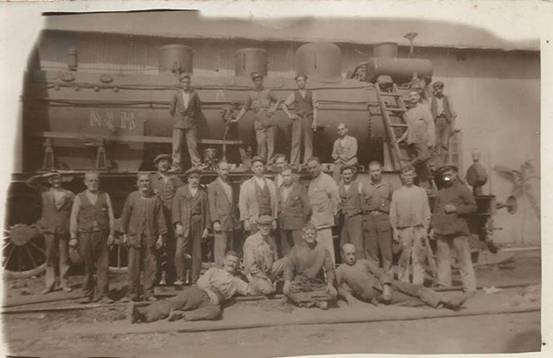
Picture 10: 1933 - Railway staff in Alexandroupolis (Source: FB page "Neighborhoods and Memories of Alexandroupolis")
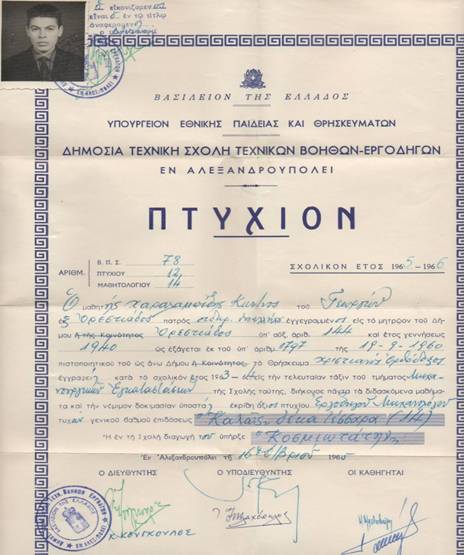
Picture 11: 19/9/1960 degree of School of Foremen in Alexandroupolis. (Source: FB page "Neighborhoods & Memories of Alexandroupolis" / K. Charalambidis archive)
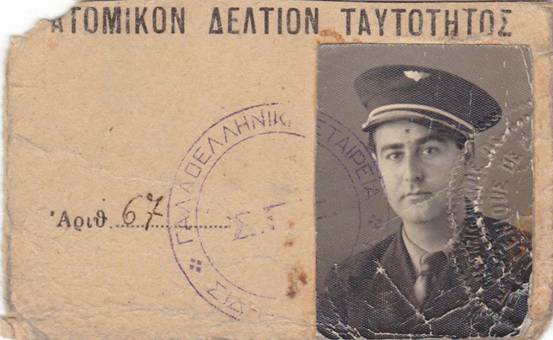
Picture 12: "Personal Identity Card" of the Railway-worker Giannis Koliopoulos. Number 67 with the seal of the French-Hellenic Railway Company (Source: FB page "Neighborhoods & Memories of Alexandroupolis" / G. Koliopoulos archive)
The railway was a professional way out for many generations of inhabitants of the Thracian Land who literally carried miles on their backs and set up a railway network throughout Northern Greece.
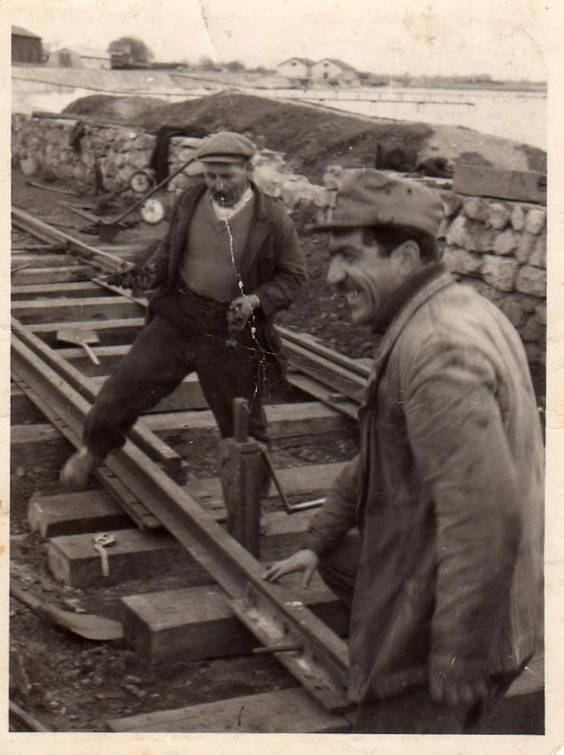
Picture 13: 1955 - Assembly of a railway line change in Alexandroupolis (Source: FB page "Neighborhoods & Memories of Alexandroupolis" / archive of A. Vamvakeros)
Like ants' armies, the dock workers waited in line to load the sacks at the Alexandroupolis train station, usually containing flour or cereals, and transport them from the wagons to the ship's hold. The kerchief tied to the head, was a necessary tool so that the neck and the back were not filled with dust from the bags. The importance of combined transport and the progress it brought to the place was realized decades before LOGISTICS became a science!
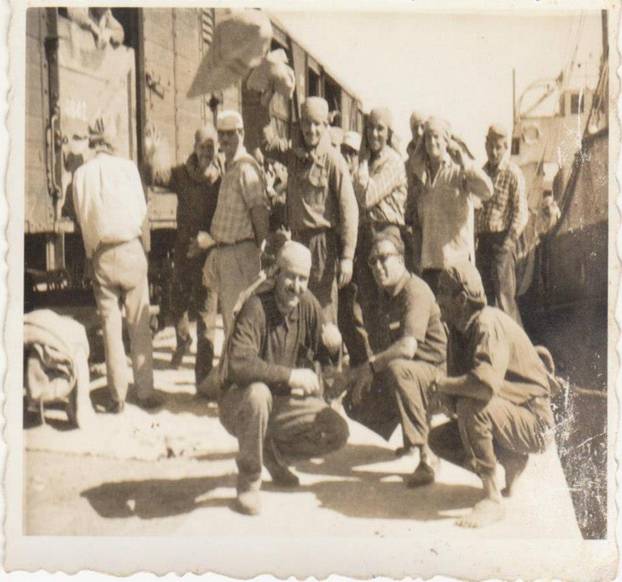
Picture 14: 5/10/1964, Port workers waiting for the sacks to be loaded at the Alexandroupolis railway station (Source: FBpage “Neighborhoods & Memories of Alexandroupolis / A. Baloutsou Archive)
The locomotives crossed the Greek territory on the new railway network of the country and used coal as fuel. So the workers made sure to fill the locomotives' warehouses when needed. For this chore, there was a metal manual lift (seen in the photo below) which carried a wagon with a capacity of about 500 kg.
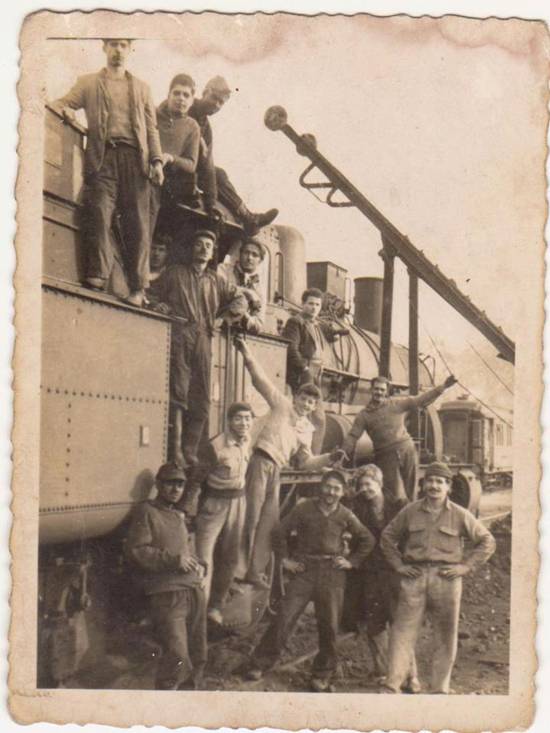
Picture 15: 1958 - "French station of Alexandroupolis. The locomotives used coal as fuel, and the workers took care of filling the locomotives' warehouses (Source: FB page "Neighborhoods & Memories of Alexandroupolis / A. Baloutsou Archive)
The workers filled the wagon with coal using shovels and then turning the cranes in the elevator, the wagon went up and reaching the edge, it turned upside down, emptying the coal into the locomotive depot.
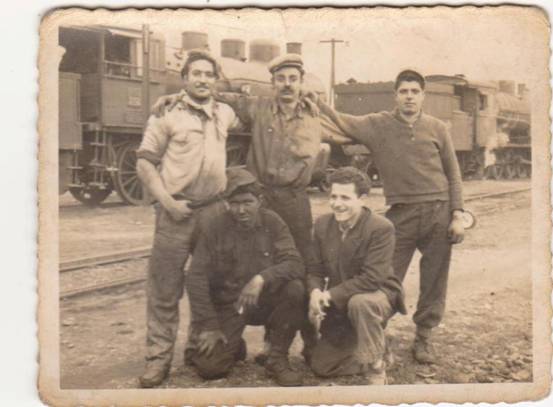
Picture 16: 1958 - "French station of Alexandroupolis. The locomotives had coal as fuel, and the workers took care to fill the depots of the locomotives (Source: FB page “Neighborhoods & Memories of Alexandroupolis / Archive of A. Baloutsos)
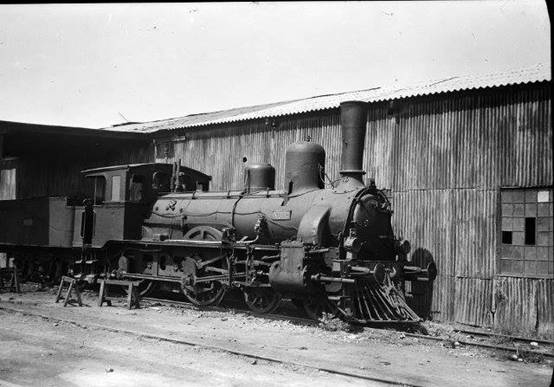
Picture 17: 1953 - Locomotive in Alexandroupolis (Source: FB page “Neighborhoods & Memories of Alexandroupolis / K. Papakonstantinou Archive)
Apart from their important role in the development of Northern Greece, the railway stations were points of arrival and the first image that faced every historical figure who visited a place.

Picture 18: 12-5-1959 Arrival of the Patriarch of Serbia at the new Railway Station of Alexandroupolis (built in 1958) to participate in the Feast of May 14 and the Anniversary of the Liberation of Alexandroupolis). (Source: FB page "Neighborhoods & Memories of Alexandroupolis" / Xanthaki-Koliopoulos archive)
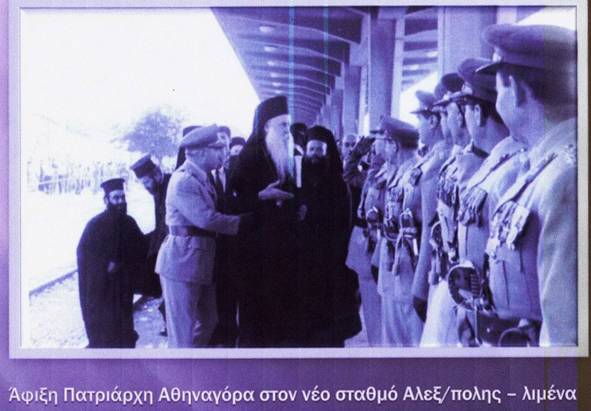
Picture 19: 1963 Arrival of Patriarch Athenagoras at the new station of Alexandroupolis in the port (Source: FB page "Neighborhoods & Memories of Alexandroupolis" / Xanthaki-Koliopoulos archive)
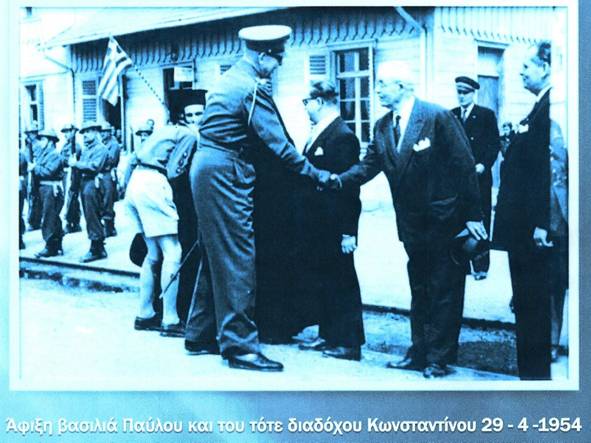
Picture 20: 29-4-1954 Alexandroupolis Railway Station - Arrival of King Paul and successor Constantine (Source: FB page "Neighborhoods & Memories of Alexandroupolis" / Xanthaki-Koliopoulos archive)
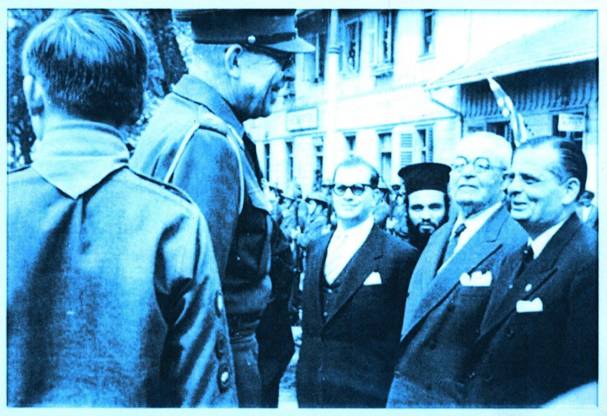
Picture 21: 29-4-1954 Alexandroupolis Railway Station - Arrival of King Paul and then successor Constantine (Source: FB page "Neighborhoods & Memories of Alexandroupolis" / Xanthaki-Koliopoulos archive)
Also, in every historical event, in every aspect of our recent history, the railway network and its people were protagonists and present helping the Greek Nation in difficult and easier moments. From the Liberation of Thrace to the Asia Minor catastrophe.
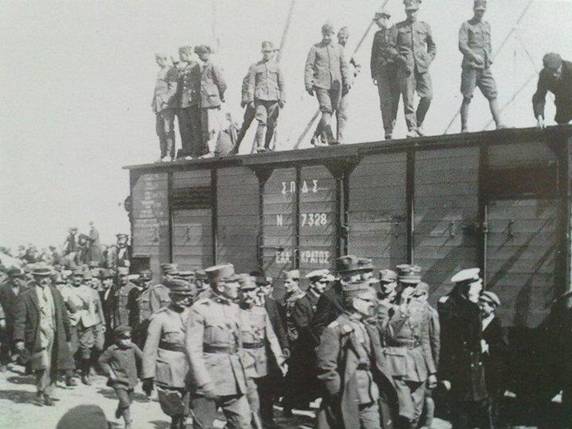
Picture 22: 1920 - Alexandroupolis is liberated and the Greek troops arrive to the area by rail. (Source: FB page "Neighborhoods & Memories of Alexandroupolis")
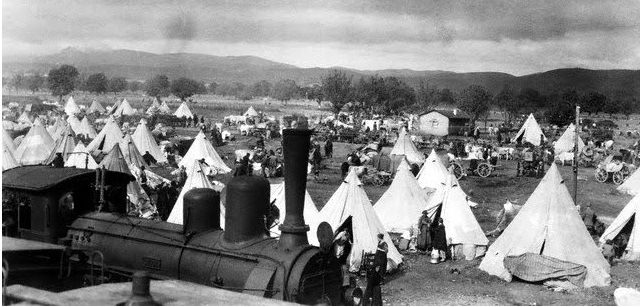
Picture 23: 1922 - Refugees on the outskirts of Alexandroupolis ("Karagatsiana" area. It still exists in Alexandroupolis) after the Asia Minor catastrophe (Source: FB page "Neighborhoods & Memories of Alexandroupolis")
After the Asia Minor Catastrophe, it is said that 200 pianos left by train from Edirne to Alexandroupolis and Thessaloniki - Athens. Most Karagatsiani debarked there. Mainly in Alexandroupolis. The same goes for a few Edirne passengers, such as the later Mayor of Altinalmaz. As well as many Armenians. Most went to Thessaloniki and "disappeared" while some fled to Athens or even Patras. Only the people of Sarantaklisi were found in Thessaloniki and they were given the rocky slope next to the Jewish cemeteries (today's School of Physics and Philosophy). Today's Forty Churches (families of Lortos, Sarafidis, Kerameos and many others). The railway stations of Thrace, the same and unchanged in the course of the 20th century, relived their history many times as scenes in the shooting of historical films and series with references to those times and dramatic events.
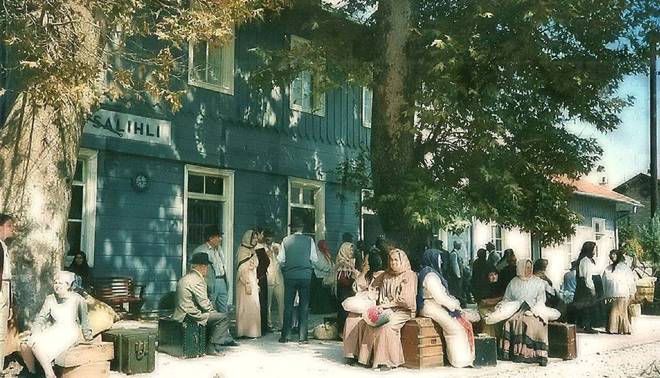
Picture 24: 2004 - Shooting of the movie "The Children of Niobe" at the old French Station of Alexandroupolis (Source: FB page "Neighborhoods & Memories of Alexandroupolis" / S. Angelidou archive)
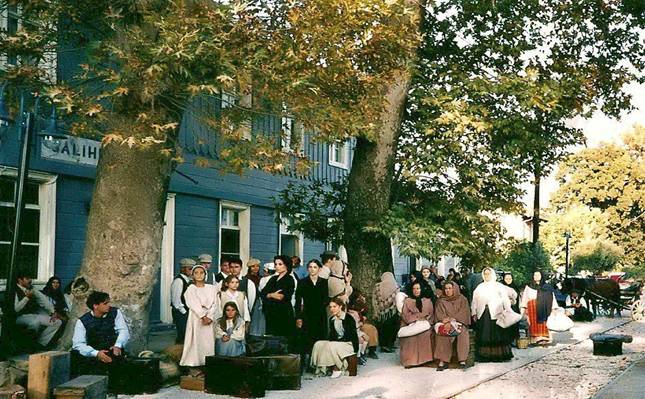
To conclude, an encouragement and a thought to potential investors and those involved in the development of the Greek Railway and Transport today. We, the younger ones, have looked back to the wisdom and experience of our grandfathers, the older ones of Alexandroupolis and Thrace.
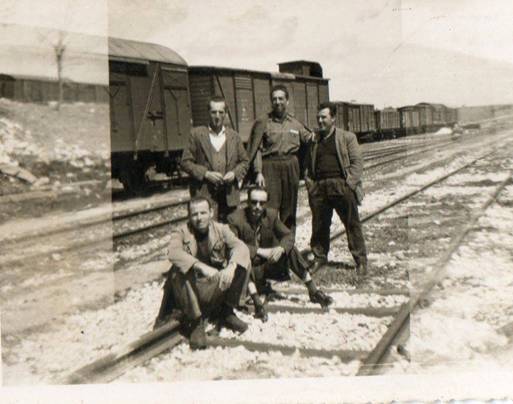
Picture 26: 1955 - Employees of the SEC in Alexandroupolis (Source: FB page “Neighborhoods & Memories of Alexandroupolis” / V. Dimos archive)
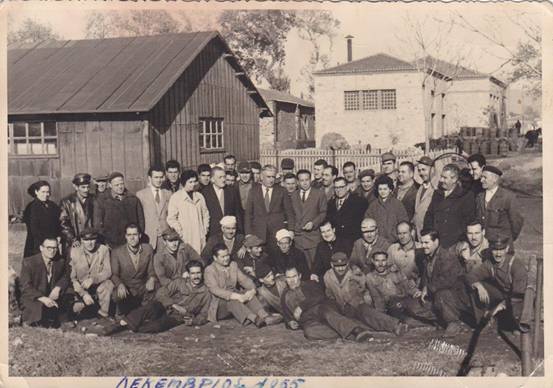
Picture 27: 1955 - the staff of the Alexandroupolis Railway (Source: FB page “Neighborhoods & Memories of Alexandroupolis” / G. Koliopoulos archive)
Generations who worked, lived their families and progressed with the place. They were taught and in turn taught their descendants that the RAILWAY is a valuable dowry for an area, as well as a source of development and prosperity.
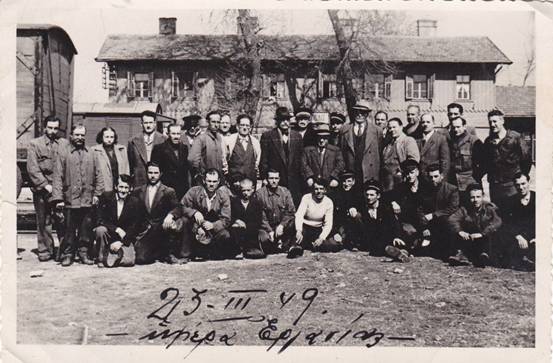
Picture 28: March 23, 1949 - The staff of the Alexandroupolis Railway (Source: FB page "Neighborhoods & Memories of Alexandroupolis" / G. Koliopoulos archive)
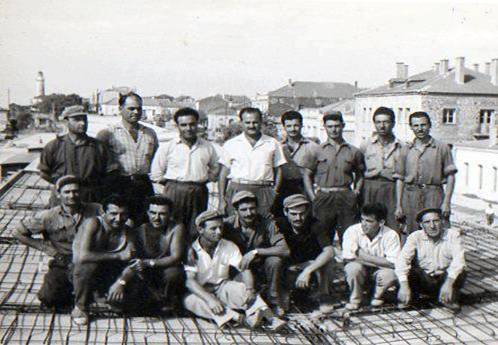
Picture 29: 1957 - The workers who built the new Railway Station of Alexandroupolis in a commemorative photo on its roof (Source: FB page "Neighborhoods & Memories of Alexandroupolis" / V. Dimos archive)
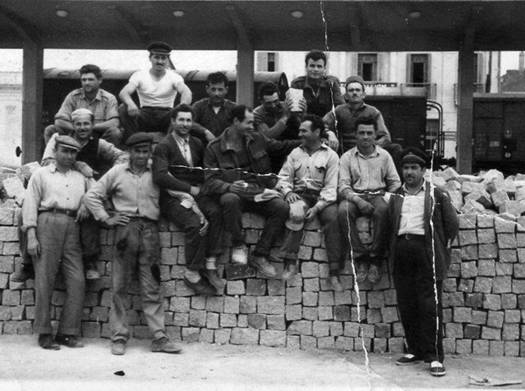
Picture 30: 1957 - The workers who built the new Railway Station of Alexandroupolis in a souvenir photo during a break (Source: FB page "Neighborhoods & Memories of Alexandroupolis")
The memories we have of ourselves and the stories we have heard from our ancestors provide a solid foundation for the warm welcome of any new investment to the local community.
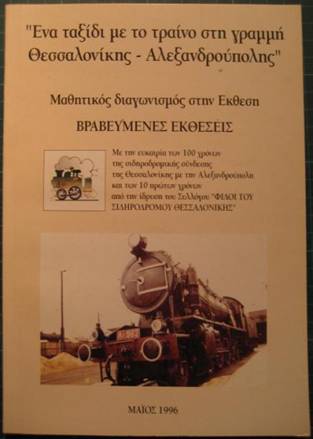
Picture 31: 1996 - Student exhibitions in the book: "A trip by train on the line Thessaloniki - Alexandroupolis" (Source: FB page "Neighborhoods & Memories of Alexandroupolis")
The investments will bring jobs in the Greek Region. The experience and the FILOTIMO of the Greek will magnify every effort. One thing is for sure. WE KNOW HOW TO WORK! Time to seize the opportunities as a country and as Greeks!
An article by Elias S. Tzioras (Strategic Planning and Vocational Guidance Consultant - Project Manager)
 Elias S. Tzioras
Elias S. Tzioras
Useful links
